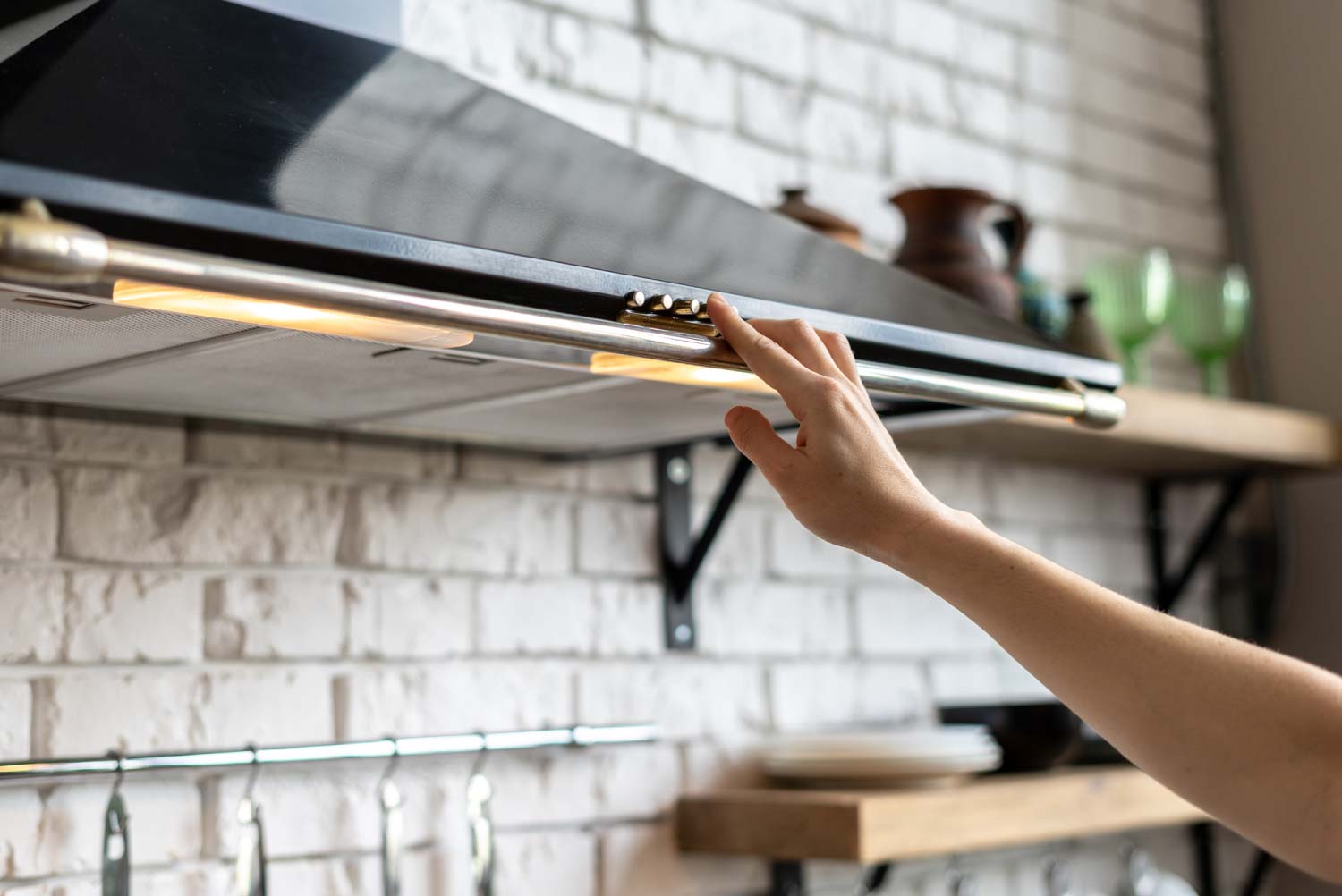
Call in the professionals when your delicate drapes need a deep clean. Let's take a look at drapery cleaning costs and which factors can sway the price tag.
Get back to gardening fast with these easy repairs


Rototillers work hard for your garden and may need repairs as a result.
Sometimes not using a rototiller for long periods can cause starting problems.
Diagnosing and fixing your rototiller is an intermediate-level DIY job.
Whether you hire a rototilling service, or do it yourself, tilling the soil each year is a major part of getting your garden in shape for the growing season. Rototillers make quick work of preparing the soil for growing healthy plants.
If you own a rototiller, you only may call on this nearly indispensable tool only once or twice a year, but when you do, we ask a lot of it. Turning over winter-compacted soil is a tough job, especially after the tool has been sitting idle for a long period. If you’re having trouble with your garden rototiller, check out our guide to some of its most common problems and what to do about them.
Your tiller’s engine, like any other combustion engine, needs a precise mixture of fuel and air in the presence of something to light it on fire. Most often, engine-starting problems result from one or more of these ingredients being missing or restricted.
Gasoline can “go bad” if it’s left in the tank for too long. Bad gas starves the engine of fuel to burn. Luckily, it’s a common and easy-to-fix problem after your tiller has remained idle all winter.
Drain and replace the fuel in the gas tank.
Use a fuel storage additive before putting your tiller away to prevent the problem from happening again next year.
When gasoline evaporates, it leaves behind a residue that can clog up the tiny inlet holes in your tiller’s carburetor and not allow fuel and air to reach the engine.
Use carburetor cleaning spray to loosen the residue.
Remove the carburetor and clean it with a carburetor-cleaning kit.
Rebuild the carburetor with an appropriate rebuild kit.
Replace the carburetor.
It’s not uncommon that too much fuel floods the carburetor when you’re trying to get a stubborn engine started.
Allow the excess fuel to evaporate from the carburetor by letting the machine sit for 20 to 30 minutes.
Fully open the throttle and pull the recoil starter several times until the engine starts.
Your tiller’s engine may be getting fuel and air, but the spark plug fails to ignite the mixture.
Remove the spark plug and clean any buildup off of the electrodes.
Check the gap between the electrodes and adjust it if needed.
Replace the spark plug.
Dirt and dust can easily clog the tiny pores in the air filters of lawn and garden tools, robbing their engines of much-needed oxygen. Luckily, this fix is simple: remove and replace the dirty air filter.
If the engine has the right mix of combustible fuel, air, and ignition, there may be a mechanical reason your garden rototiller refuses to start.
Check that the choke lever is in the proper starting position
Make sure the transmission is “neutral” or not otherwise engaged.
Be certain that all safety starting features are engaged.
Repair or replace the recoil starter if it’s stuck or it has no tension when it’s pulled.

Often, a combustion engine will start fine only to stop running within a few seconds, run roughly, or have an erratic idle. You can attribute this issue to the engine getting some air, fuel, and ignition, but not enough of one or more of these.
A clogged air vent on the fuel tank cap can stop fuel from flowing easily by creating a vacuum, allowing enough fuel in to start the engine but not to keep it running. To make the fix, clean or replace the fuel cap.
Often, a rough idle equates to an ignition problem or a lubrication problem.
Adjust the choke after starting the engine.
Give the engine a tune-up with a new spark plug and plug wire.
Change the engine oil.
Several mechanical components must work together to keep the tines spinning on a garden tiller. Most of these issues are easy to check, plus intermediate-level DIYers can perform the repairs.
Shear pins are on the shaft that connects the tines to the drive gear. They will break off and disengage the tines from the transmission if they hit a stubborn object in the ground. Simply replace the shear pin, or pins, with the correct size for your tiller’s model.
Drive belts become worn and loosen over time and with frequent use. Adjusting the idler pulley tension or replacing the belt is often all that’s needed to get the tines spinning again.
Rototillers are made to move forward by themselves to make working with them easier. The method of propulsion depends on what style of garden tiller you have.
Rototillers with tines located at the back of the machine rely on the front tires, or drive wheels, to pull the tiller forward. Issues with the drive wheels can result from a worn or loose belt, a transmission problem, or a broken drive engagement cable.
The tines on a rototiller get a workout with each use. Over time, they can become dull or even wear out completely. If everything else is running well on your machine, sharpening or replacing the tines should get your machine digging normally again.
Most DIY rototiller repairs come with minimal price tags but may involve a couple of hours of your time. You can purchase carburetor cleaner, drive belts, shear pins, and ignition parts for under $20 each. Your tiller model will determine the price for replacement tines and other major components. Most often, you’ll need less than $100 to get your tiller in top shape.
If spending time repairing your rototiller isn’t appealing to you, your local small engine or mower repair shop can help. Professional rototiller repair costs an average of around $60 per hour. However, some shops charge a minimum amount for small repairs. The average total cost to recondition a rototiller is between $200 and $300, depending on its condition.
From average costs to expert advice, get all the answers you need to get your job done.

Call in the professionals when your delicate drapes need a deep clean. Let's take a look at drapery cleaning costs and which factors can sway the price tag.

Discover the average kitchen hood cleaning cost, what impacts pricing, and how to budget for this essential maintenance. Get tips to save and keep your kitchen safe.

Planning ahead helps ensure an efficient, budget-friendly move. Learn how much move-out cleaning services cost based on factors like home type and size.

Everyone wants their bathroom to be sparkling clean and to look brand new, but properly cleaning your shower tile and grout can be tough. That’s why following these tips from the pros is essential to ensure that your bathroom looks impeccable 24/7.

Learn how often you should vacuum your flooring to extend its longevity and reduce the number of contaminants and allergens you’re exposed to.

Wondering, “Why is my floor dirty even after mopping?” Learn why this issue is happening, how to prevent it, and when to call a professional cleaner.